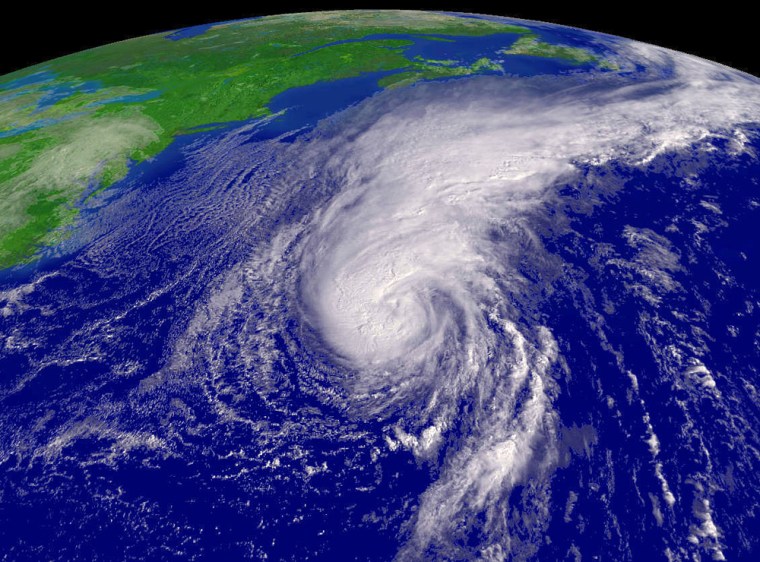Hurricane Florence blew out windows, peeled away several roofs and knocked out power to thousands in Bermuda on Monday before churning past the wealthy British island chain and heading out over open ocean.
Authorities said there were no immediate reports of injuries or deaths. Tourists remained sheltered inside resort hotels and officials urged all islanders to stay at home until the second hurricane of the Atlantic season no longer posed a danger.
Tropical-force storm winds and strong bands of rain were expected until 9 p.m. EDT, local forecasters said.
At least 23,000 homes and businesses were without power in the British territory of 65,000 permanent residents, according to Bermuda’s electric company.
The Category 1 hurricane had maximum sustained winds near 90 mph. A wind gust of 78 mph was recorded at Bermuda’s airport.
Some people were unfazed by the latest storm to hit the island chain, which enforces strict building codes to withstand rough weather.
Riding out the storm in style
Rowena Smith, an employee at The Reefs, a cliffside resort on the vulnerable south shore, said about 50 guests checked out Saturday but more than 80 stayed to ride out the storm at the hotel.
“They’re in high spirits. We have a lot of repeaters in house, and they’re having fun,” Smith said.
The center of the storm was about 145 miles north of Bermuda at 5 p.m. EDT, according to the U.S. National Hurricane Center in Miami. Florence was moving away from Bermuda to the northeast at 16 mph and was expected to continue away from the U.S. coast, forecasters said.
As the storm passed Bermuda, 640 miles east of the U.S. coast, forecasters said it was causing high surf and strong rip currents along parts of the eastern U.S. and Canadian Maritimes.
Florence was expected to weaken as wind shear increases and ocean temperatures cool, forecasters said. The storm was expected to pass close to or over Newfoundland later in the week.
Strong bands of wind and rain have hammered the British territory since Sunday.
Airport down until Tuesday
Bermuda International Airport was closed late Saturday and was expected to remain shuttered until Tuesday morning. All ferry and bus services were halted. Public schools and government offices were ordered closed Monday.
Authorities were keeping a part-time regiment on call to help respond to the hurricane at strategic points, including a causeway linking the main island with St. George’s parish. Part of the causeway, which the government closed to traffic Sunday night until the storm passed, was swept away when Fabian struck.
Bermuda’s building codes specify that homes must be built with walls at least 8 inches thick, and be able to withstand 150 mph gusts and sustained winds of 110 mph. Many power and phone lines are underground.
At the Fairmont Hamilton Princess, the hotel distributed a disaster plan which included provisions for evacuation. Other hotels, playing up Bermuda’s vaunted ability to withstand a fierce storm, planned “hurricane parties” for their remaining guests in the honeymoon and tax haven.
The last major storm to strike Bermuda was Hurricane Fabian in 2003. The storm — the strongest to hit the territory in 50 years — killed four people, tore the roofs off several homes and left many of the territory’s famed golf courses in ruins.
Next up, Tropical Storm Gordon
Meanwhile, Tropical Storm Gordon formed Monday in the open Atlantic and was expected to head in the general direction of Bermuda, forecasters said. At 5 p.m. EDT, Gordon had top sustained winds near 45 mph, above the 39 mph needed to be a named storm.
The seventh named storm of the 2006 Atlantic hurricane season was centered about 425 miles northeast of the Leeward Islands and moving northwest near 9 mph, forecasters said.
